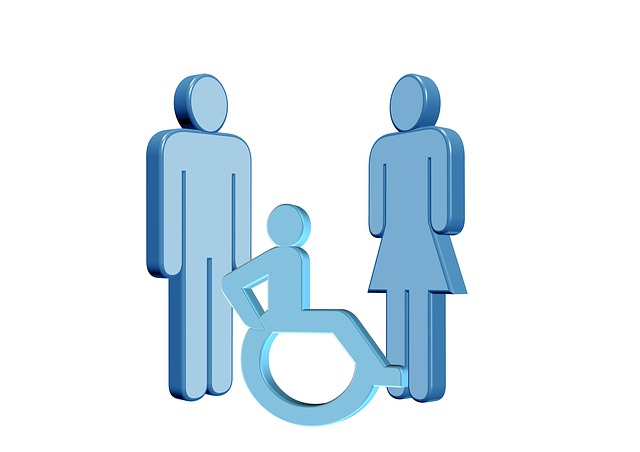Spinal Shock Therapy Offers Hope For The Paralyzed

Electrical shocks to the spine have been shown to enable voluntary movement in even fully paralyzed individuals according to the results of very early experimentation with a new treatment strategy.
Four young men who have been completely paralyzed at least from the waist down for years are now all able to voluntarily move their feet, toes, and even entire limbs with the help of an implanted device that delivers an electrical current to the lower spinal cord.
The results of this groundbreaking experiment were detailed in a study published in the scientific journal Brain.
According to the study, scientists from the University of Louisville, Kentucky, the University of California-Los Angeles, and the Pavlov Institute of Physiology in St. Petersburg, Russia implanted a small device in four men who previously had no ability to move their lower body for years due to irreversible damage to their spinal cords.
These devices were then used to deliver electrical currents of varying intensities to specific parts of a patient's lumbosacral spinal cord -- which is linked to nerves that control motor function of the lower body's limbs.
These continuous electrical currents do not simply stimulate automatic reaction, such as seen in electro-shock therapy used on muscles. Instead, the controlled currents allowed the paralyzed patients to actually move their legs with a semblance of control with the aid of a remote that determines which part of the limb will be receiving commands from the patient.
What makes this research most amazing is that this therapy -- called epidural stimulation -- does not work only in men who have intact residual motor sensory pathways to the brain, as researchers first theorized.
Two of the men included in this recent study were diagnosed with a motor and sensory complete lesion, meaning that injury had completely severed the lower spinal cord and all its sensory pathways from the brain.
However, without even a tentative link to the brain, the patients were able to move their limbs on command with the aid of epidural stimulation. According to a CNN report, the researchers are completely stumped as to how this could be.
"Maybe the spinal cord makes the decision to move on its own and then executes the movement," lead researcher Susan J. Harkema told CNN. "Otherwise I don't know how you would see what we see today."
It should be noted that while this breakthrough gives hope to millions of long-paralyzed individuals, the early stages of this therapy strategy only allows for one limb to receive commands at a time, meaning that walking, at least for now, is still impossible.
The study was published in Brain, a journal of Neurology, on April 8.
© MD News Daily.
